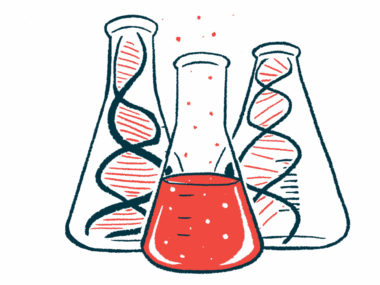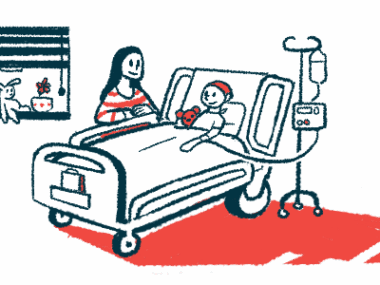Buildup of TLR7 protein in immune cells may be among lupus triggers
Immune system may turn on its own body and cause SLE, study finds
Written by |

When the protein TLR7, or toll-like receptor 7 — which normally triggers an immune response against viruses and bacteria — instead builds up in immune cells, the immune system may turn against its own body and cause systemic lupus erythematosus (SLE), a study has found.
The study, “Disrupted degradative sorting of TLR7 is associated with human lupus” was led by Olivia Majer, PhD, of the Max Planck Institute for Infection Biology, in Germany, and was published in the journal Science Immunology.
If the mechanism that controls TLR7 turnover malfunctions, it can cause the protein to build up, as happened with a patient with early-onset SLE, also referred to simply as lupus, who carried a mutation in the gene coding for UNC93B1.
That mutation was identified in collaboration with doctors from the Ludwig Maximilian University Hospital, in Munich, not long after Majer’s team in Berlin confirmed UNC93B1, a protein factor, as a key piece in the control of TLR7 turnover.
“I thought it was too good to be true,” Majer said in a Max Planck press release, “but within eight busy weeks of joined effort, we were able to confirm that the mutation in UNC93B1 was the cause of this patient’s lupus.”
Focusing on the mechanism that controls the TLR7 protein
According to the scientists, within minutes, the quick-acting innate immune system responds to harmful agents, buying time for the adaptive immune system to produce specific antibodies that will improve the body’s response to future encounters with those harmful invaders.
TLR7 is an innate immune receptor that recognizes the genetic material, called nucleic acids, of viruses and bacteria, triggering an immune response against such invaders. Because the response is unspecific, it must be kept under tight control to prevent an attack against the body itself. Cells do this by constantly producing and breaking down TLR7.
“We wanted to understand what happens when this balance is disturbed,” Majer said.
For example, an overactive TLR7 may cause lupus, an autoimmune disease marked by whole-body inflammation.
Now, Majer’s team found that an eight-protein complex called BORC, along with an enzyme called ARL8B, control how quickly TLR7 is broken down. BORC is present in endosomes, which are small vesicle-like compartments within cells that can take in proteins that need to be broken down.
For BORC to control TLR7 turnover, it needs ARL8B to bind to UNC93B1, which already was known to be involved in trafficking TLR7 within cells. If this mechanism malfunctions, it can cause TLR7 to build up, turning the immune system against its own body.
We show that endosome dysfunction leads to unrestricted TLR7 signaling and is associated with human lupus.
“A failure to control TLR7 turnover is sufficient to break immunological tolerance [unresponsiveness] to nucleic acids,” the team wrote.
“We show that endosome dysfunction leads to unrestricted TLR7 signaling and is associated with human lupus,” the scientists added.
Two additional UNC93B1 mutations, called E92G and R336L, were identified in four individuals with early-onset lupus, according to researchers at the Technical University of Dresden, also in Germany. Cells from these patients produced high levels of pro-inflammatory signaling molecules.
One of the mutations, E92G, led to an unstable UNC93B1, which did not interact as well with TLR7. This, in turn, resulted in an overactive immune response, leading, for instance, to the continuous activation of type I interferon signaling, which is part of the body’s immune response against viruses.
These findings were reported in the study, “UNC93B1 variants underlie TLR7-dependent autoimmunity,” which also was published in the same journal by the Dresden researchers, in collaboration with Majer’s team and the doctors in Ludwig Maximilian University Hospital.
Testing people with lupus for the presence of UNC93B1 mutations may aid treatment decisions, shifting focus from suppressing inflammation to targeting a root cause of disease, according to the team. This could prevent inflammation from developing in the first place.
“Our findings establish a pivotal role of UNC93B1 in TLR7-dependent autoimmunity and highlight the therapeutic potential of targeting TLR7 in SLE,” the researchers wrote.






